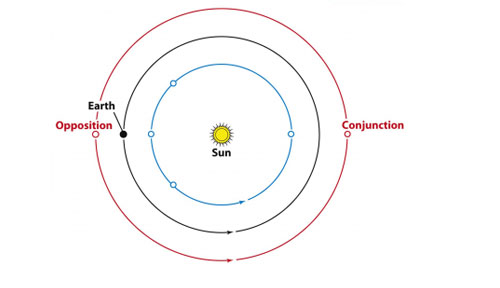Chapter 1. 144 Planetary Orbits
Map Learning Exercises
Planetary Orbits
Question Daytime and Nighttime Planets
nRzfXPsvJvIvGuxWpbaohplEmrIBlrizTIiEDrijFEDvKSLfrRycY9xwSRKdLaaXauACfTztXYfGsMCfzcSLX6Dnv9fWOOUfSbnJupn/tRfV777DU/74U2/HV/OqqS6xuRi8ifADOX7qedhn+iBA+XhwM50oAeGUpisnup6TzhDLBtBuRnXaez2Zk3B3u+sgefkil/gNmyuPcBiQe/1nUr67qjfIXifChuMRsFavD4TDAlgKIvr8yM+EHHPR/XyBVTPkQ7UXoVstSm/P4TqZSuiTJsJc22HE
Correct.
Please try again.
Question Planets at Night
UBGHqA4i8FWUJL8C6zwHjcTZe6vPOt5PM0hfuBH9PxbnBNr8Lg0zTUt8MoD4V/kgJksjWBEJE/nrNhvt
Correct.
Please try again.
Question "The Morning Star"
EAHKJfO4PuhkdLJKqbJXFt+L308M5ZNRpD/1bD1s0PvrbAsdkKeVB80oH6qDs8YHG+ghsqvYfTVqUQ9SA9YFQidfspdyFgWhYHogC0D0ADYFteJbI5D+11hBmCYpm6GZ3j804i0at/xNIPd9o5b0yR9afgWzz4fwjwqlGGYpajF8+JGGGbN6fpT2zZxBw+ej5ac0QEPubxuF7ev7+AQFooXGhFDYw/3eOMsyHCN07HTOtyEkf3a05FvwuocyMaRc0S42CzGFV1l1DV7mxr40FXEirc9/2ddDCV2MoFUzov8+K3JpUDwWZw==
Correct.
Please try again.
Question Activity Completed
You have completed this activity!